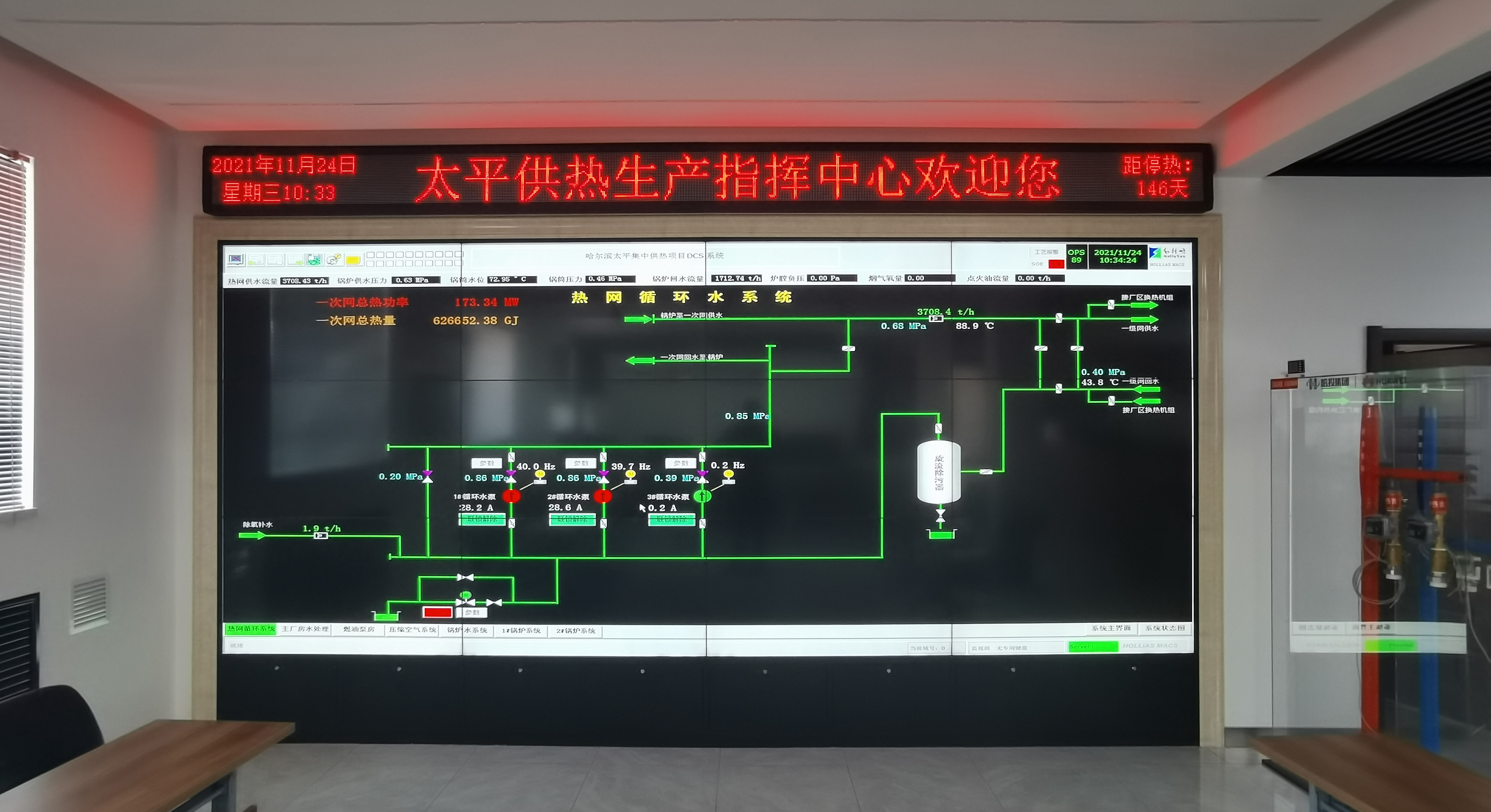-
Harbin Taiping Heating heats an area of 14.33 million square meters that includes 130,000 residential homes. The company's heat exchange stations are quite advanced in terms of automation and management. Its heating systems are also relatively efficient compared with other companies working in very cold zones. However, smart heating can still help the company become more environmentally friendly.
Harbin Taiping Heating heats an area of 14.33 million square meters that includes 130,000 residential homes. The company's heat exchange stations are quite advanced in terms of automation and management. Its heating systems are also relatively efficient compared with other companies working in very cold zones. However, smart heating can still help the company become more environmentally friendly.
Challenges
-
The demand for district heating is growing rapidly. Two thirds of the heat comes from burning coal, which is not particularly efficient or environmentally friendly.
The demand for district heating is growing rapidly. Two thirds of the heat comes from burning coal, which is not particularly efficient or environmentally friendly.
-
Heat distribution and tuning in district heating used to be largely manual and relied on individual experience. Supply and demand forecasts were often inaccurate, and it was difficult for various heat units to collaborate. This led to unbalanced heat supply.
Heat distribution and tuning in district heating used to be largely manual and relied on individual experience. Supply and demand forecasts were often inaccurate, and it was difficult for various heat units to collaborate. This led to unbalanced heat supply.
-
Different buildings and homes may not receive the same heating quality due to factors like the heating system, residential house design, aging pipelines, and equipment utilization.
Different buildings and homes may not receive the same heating quality due to factors like the heating system, residential house design, aging pipelines, and equipment utilization.
AI helps fine-tune the heat supply by sensing the room temperature in people's homes in real time.

Taiping Heating built an intelligent heating system that can sense, learn, and evolve by deploying Huawei Cloud's smart heating solution. Using Huawei Cloud's data analysis algorithms, modeling capabilities, and IoT technologies, the heating company created accurate profiles for its heat exchange stations, heat generating units, and heat users to precisely predict the demand for heating.
Intelligent and low-carbon: technology enables better heating
-
Huawei's smart heating solution helped achieve a 99% heat demand-supply balance in the pipe networks between heat exchange stations and residential buildings.
Huawei's smart heating solution helped achieve a 99% heat demand-supply balance in the pipe networks between heat exchange stations and residential buildings.
-
Sensors are deployed at the heat source to collect more refined environmental data. Drawing on multi-dimensional data, AI is then used to adjust heat supply hourly. The volume of heat generated at the heat source matches the predicted heat demand to 98.2%.
Sensors are deployed at the heat source to collect more refined environmental data. Drawing on multi-dimensional data, AI is then used to adjust heat supply hourly. The volume of heat generated at the heat source matches the predicted heat demand to 98.2%.
-
The solution produces heat based on the AI-predicted heat demand, precisely controls the supply-demand balance across the entire network, and delivers over 10% higher energy efficiency.
The solution produces heat based on the AI-predicted heat demand, precisely controls the supply-demand balance across the entire network, and delivers over 10% higher energy efficiency.

